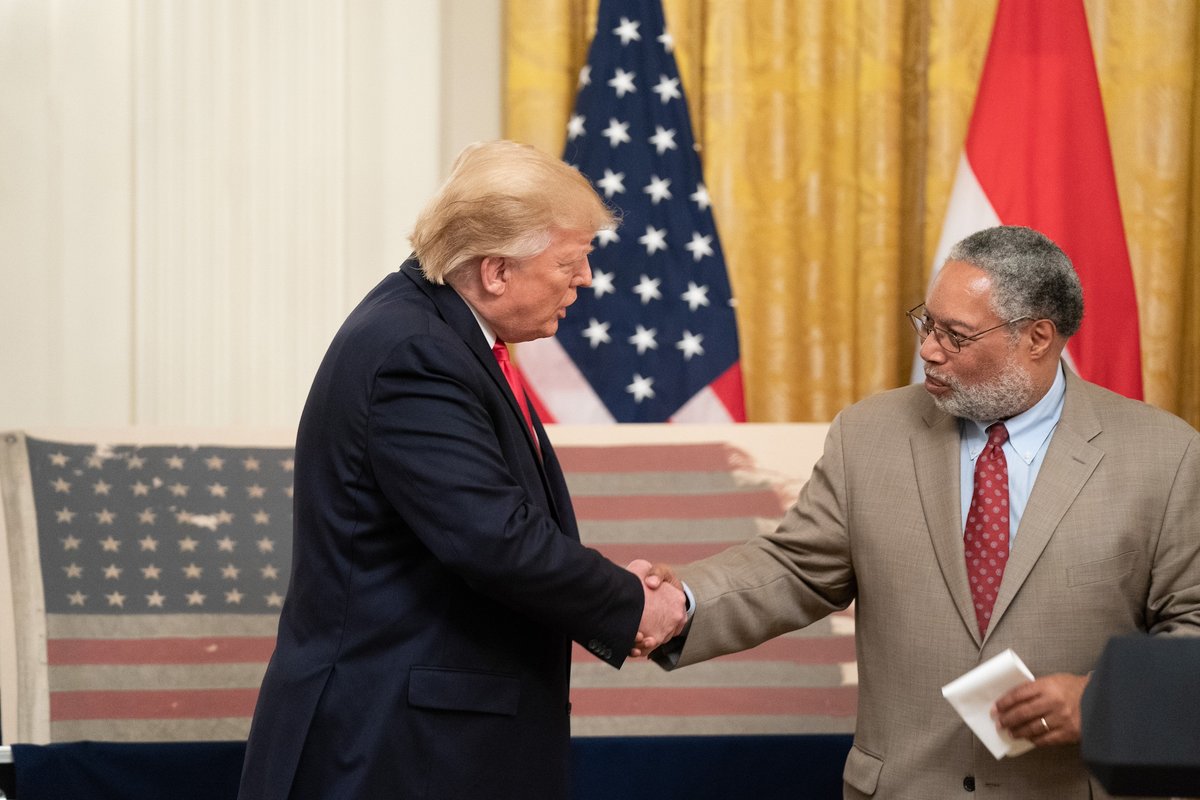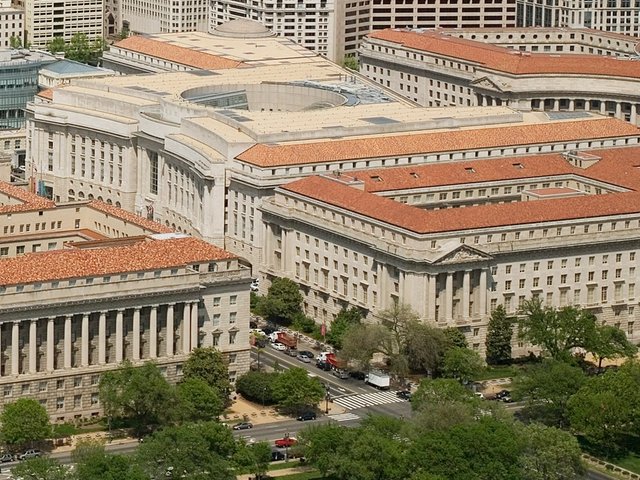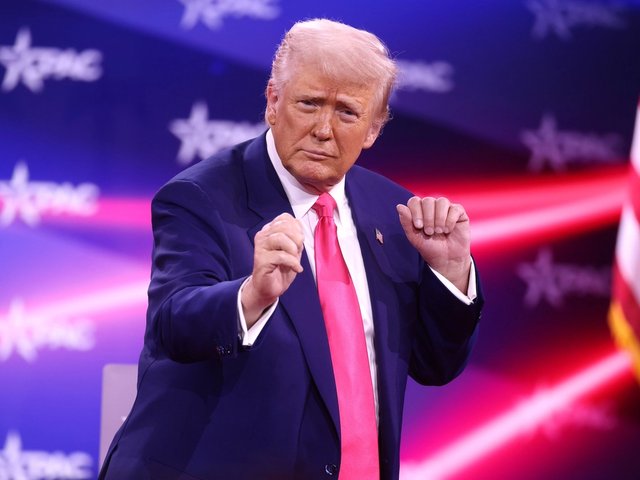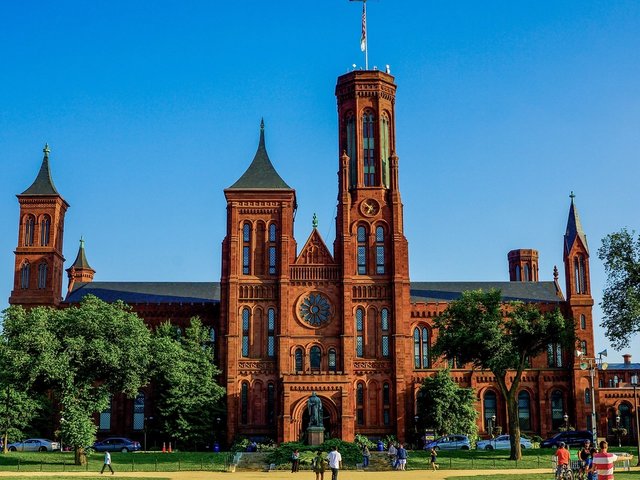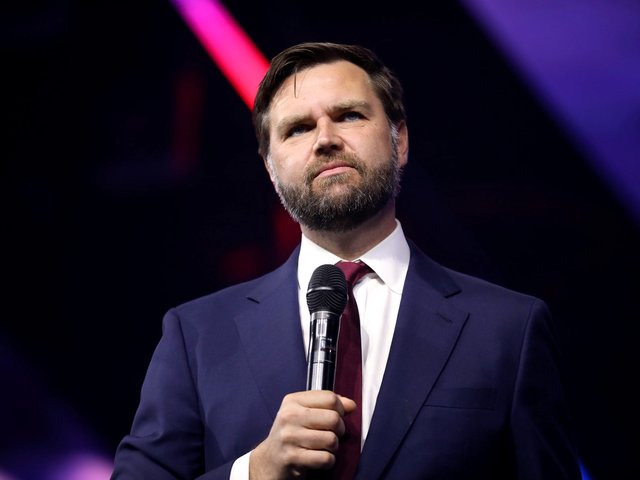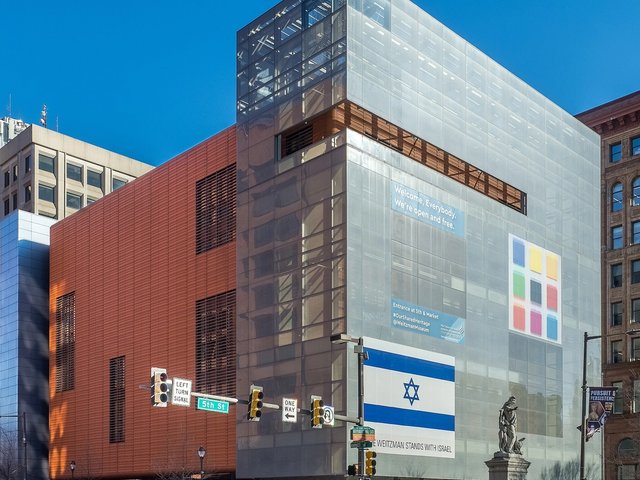Following US President Donald Trump's executive order of 27 March, in which he attacked the Smithsonian Institution for organising exhibitions and programmes tainted by “divisive, race-centered ideology” that “degrade shared American values”, scholars have defended the institution, as has the Smithsonian’s leader.
In an internal memo to staff, sent the day after Trump issued his executive order, Smithsonian secretary Lonnie G. Bunch III wrote that the institution’s board of regents—which includes Vice-President J.D. Vance and Chief Justice of the US Supreme Court John Roberts—“understands and appreciates” the institution’s mission. He added: “As always, our work will be shaped by the best scholarship, free of partisanship, to help the American public better understand our nation’s history, challenges and triumphs.”
Bunch’s memo, first reported by Courthouse News, continued: “We remain steadfast in our mission to bring history, science, education, research and the arts to all Americans...We will continue to showcase world-class exhibits, collections and objects, rooted in expertise and accuracy.”
Seemingly echoing the language of Elon Musk, the world’s richest person and head of the Trump administration’s so-called Department of Government Efficiency (Doge), Bunch added: “When we err, we adjust, pivot and learn as needed.”
Others have been more forceful in their defense of the Smithsonian against Trump’s attacks.
“Attack on academic freedom”
A joint statement organised by the American Historical Association and signed by 25 other organisations, including the College Art Association and the North American Victorian Studies Association, addresses the Trump administration’s “fact sheet” about the Smithsonian. The statement says the sheet “misrepresents the work of those museums and the public’s engagement with their collections and exhibits. It also completely misconstrues the nature of historical work”.
The leaders of the Prussian Cultural Heritage Foundation in Germany also weighed in on the tensions between the White House and Smithsonian Castle, framing it in the context of Trump’s broader attacks on freedom of expression and intellectual freedom.
“After the attack on academic freedom, the American president is now attacking independent museums,” the foundation’s current president Hermann Parzinger, and his designated successor Marion Ackermann, said in a joint statement. “In free societies, we engage in discourse, we negotiate things, but we do not allow decrees to determine what is thought and shown.
“The institutions that are committed to education need freedom to be able to work. These institutions are now being politically patronised. It is an anti-intellectual struggle that is aimed against everything that makes people free.”
Trump's other targets
Trump’s executive order on 27 March singled out three specific museums under the banner of the Smithsonian—which operates 21 museums plus the National Zoo—namely the Smithsonian American Art Museum (SAAM), the National Museum of African American History and Culture (NMAHHC) and the forthcoming American Women’s History Museum.
The Washington Post reported on 2 April that NMAAHC’s director, Kevin Young, has been on personal leave since 14 March and will remain so for an “undetermined period”. Young succeeded Bunch as the museum’s director in 2021.
The SAAM is also currently without a leader, after its previous director Stephanie Stebich was removed last autumn following years of staff complaints regarding her “toxic” management of the institution.
The Smithsonian is one of the biggest recipients of federal arts funding in the US; for fiscal year 2024 its total appropriation was $1.09bn, a 4.7% drop from the previous year.
Trump has targeted other channels for federal arts funding, too, from attempting to eliminate the Institute of Museum and Library Services—that agency’s staff was put on administrative leave this week—to pushing the chair of the National Endowment for the Humanities (NEH), Shelly C. Lowe, to step down. Doge is reportedly seeking to eliminate NEH funding and staff by as much as 80%.
Contacted by The Art Newspaper, the Smithsonian's spokesperson declined to comment for this story.


